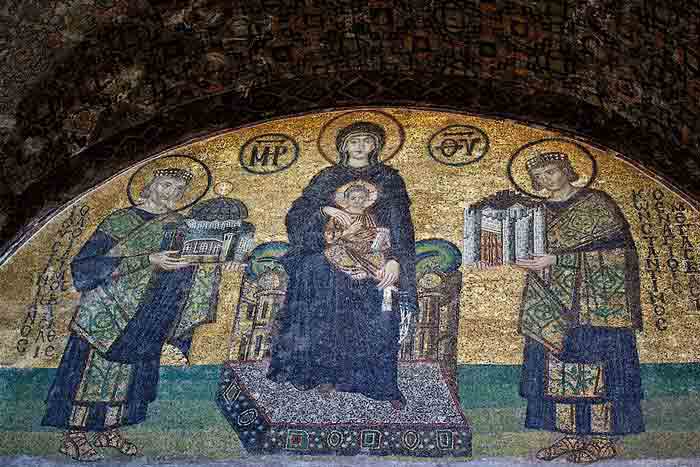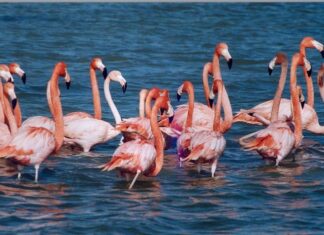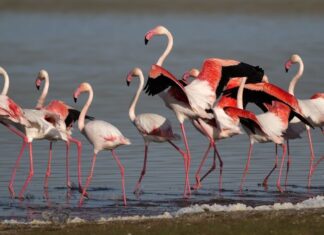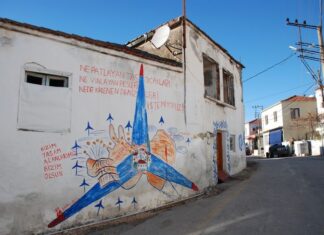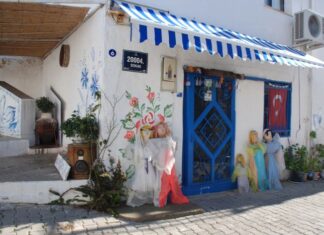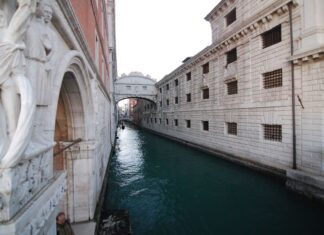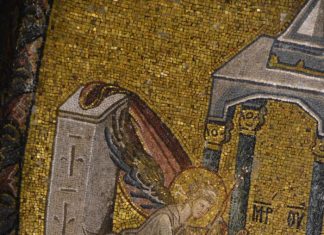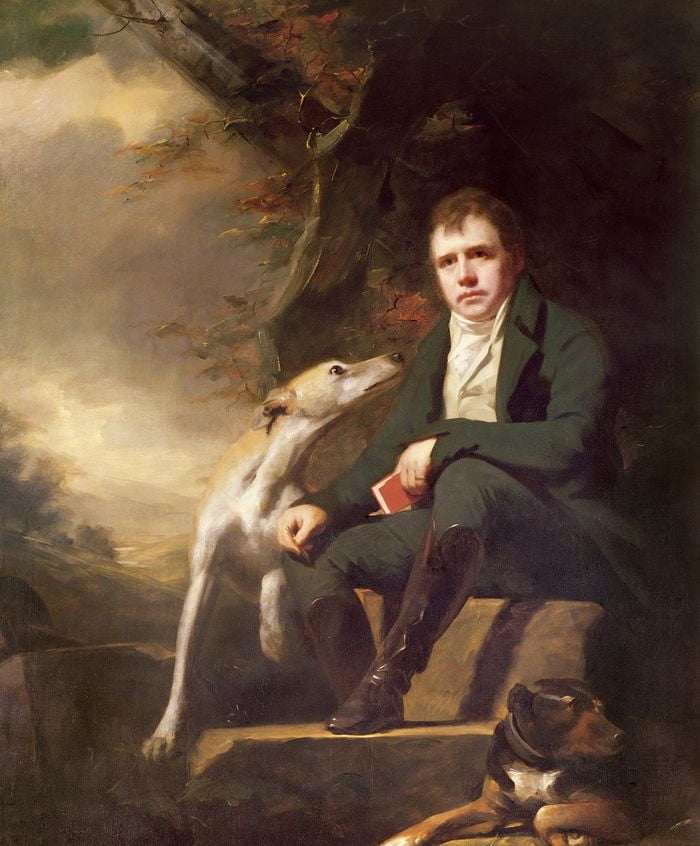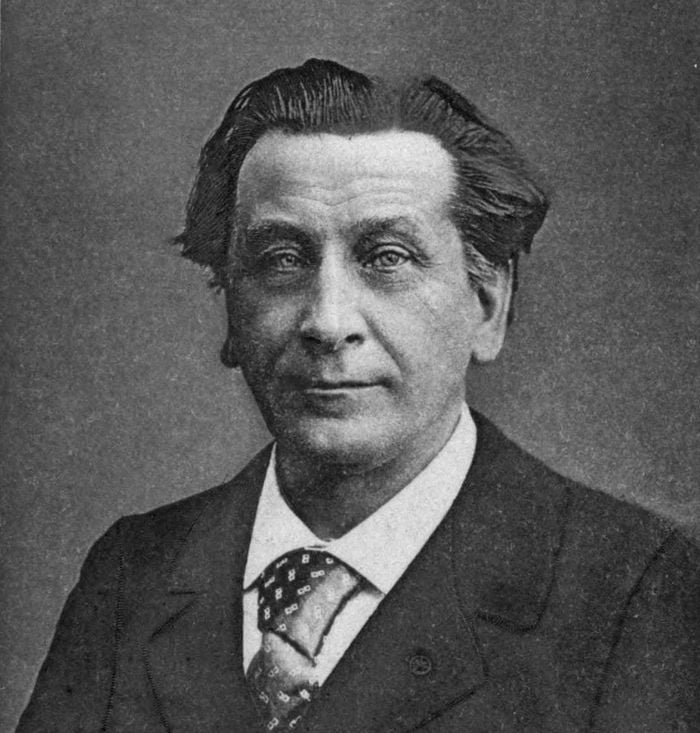Home Blog
Excavations at Old Corinth
The Modern Village
Today, the site of ancient Corinth is occupied by a small village of about fifty or sixty houses. The village includes a...
Diogenes and the Cynics of Ancient Corinth
The Suburb of Kraneion
Where the small schoolhouse now stands, there was once a suburb of ancient Corinth called Kraneion. About 2,300 years ago, it...
Life Among the Ruins
Fields, Schools, and Daily Work
Peasants at Work
Unaware of the artistic and archaeological treasures around them—attractions that draw students and travelers from thousands of miles...
Hagia Sophia
In all its glory
After years of renovation work, the interior of the Hagia Sophia can now be enjoyed in its true splendour.
For many years...
Sunday Market in Belgrade
On Sunday mornings, everyone in Belgrade seems to go to the market. The display of fresh food is both large and interesting. There are...
A Royal Sunday in Belgrade
On Sunday morning, the King of Serbia gave an official audience to the Skupshtina, which is the name for the Serbian parliament. It was...
A Strange Carriage and a Police Stop
Our trunks were loaded onto an old-fashioned carriage—an ancient cab pulled by two tiny horses. These animals looked like they had more energy than...
Food and Living Conditions
In Bulgaria, meat and vegetables are inexpensive, which means that laborers and their families can eat well. The daily diet of the working people...
Native Animals Horses and Buffaloes
The native horses in Bulgaria are small in size, but they are known for being strong, energetic, and tough. Even though they don’t look...
The Structure of the Bulgarian Army
The Bulgarian army is made up of about 30,000 well-trained soldiers. The troops are equipped in the German style and follow the Russian military...



